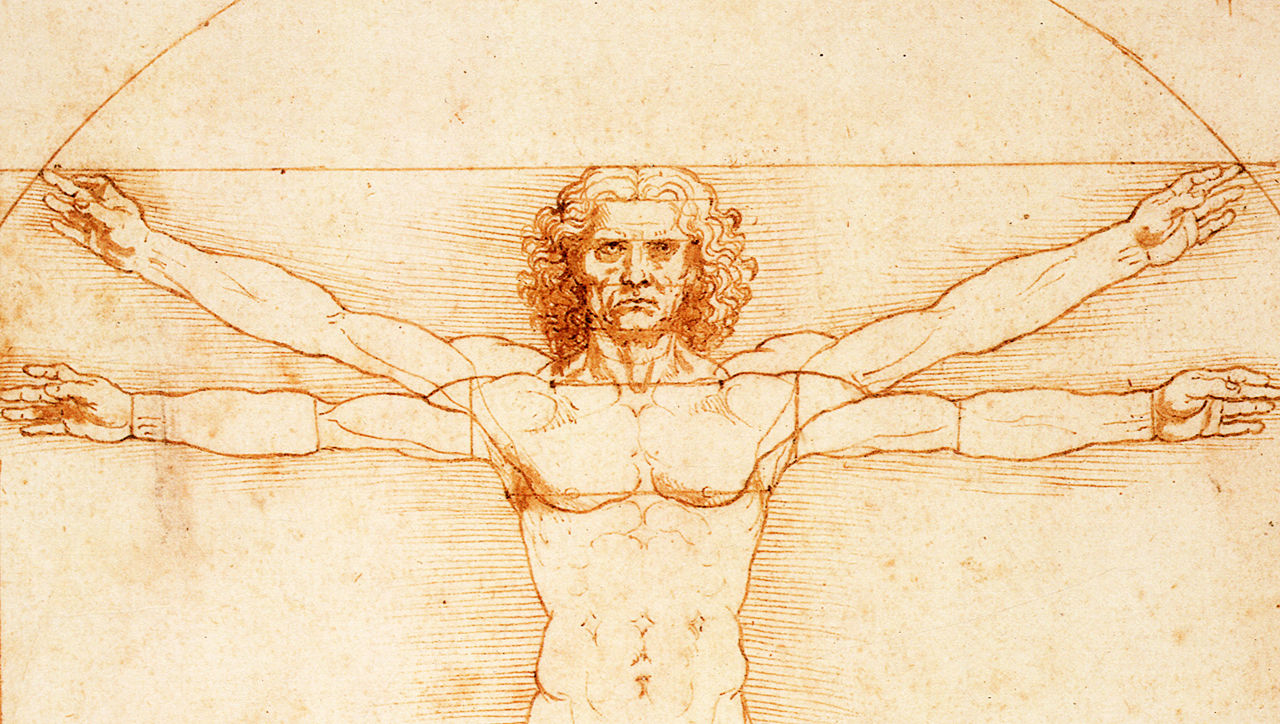How does collagen create bone, skin, tendon and other connective tissues?
Research by a biomedical engineer at Texas A&M University is shedding light on how collagen grows at the molecular level and helps form a diverse set of structures in the body, ranging from bone, tendon, blood vessels, skin, heart and even corneas.
Employing a computational model as well as a newly developed computer program, Wonmuk Hwang, associate professor in the Texas A&M’s Department of Biomedical Engineering, has been able to distinguish molecular-level differences in complex collagen networks formed under different conditions. His findings are featured as the cover story for the scientific journal “Physical Review Letters.”
Collagen, while popularly known for its cosmetic uses, is the most abundant protein in the human body. As the main structural protein in connective tissues, it is found in tendons, ligaments and skin. It’s also abundant in corneas, cartilage, bones, blood vessels and teeth. Hwang’s research is investigating how collagen forms such a diverse range of materials. Specifically, he’s examining how collagen fibrils assemble into ordered networks on surfaces.
The surface assembly of collagen, he says, is particularly relevant to biomedical engineers who are looking to use collagen-based coatings on implantable medical devices in order to prevent the devices from being rejected by the body’s immune system.
“We are comparing the differences in collagen-formed structures,” Hwang said. “What are the real differences between these molecules from different parts of the body? What differences exists in collagen that has formed bone and collagen that has formed the cornea? If you study this at the molecular level, you can begin to see the differences. Our research aims at providing a quantitative, detailed analysis of these differences.”
- Media coverage: BioNews Texas, Sept. 11, 2014
#TAMUresearch


